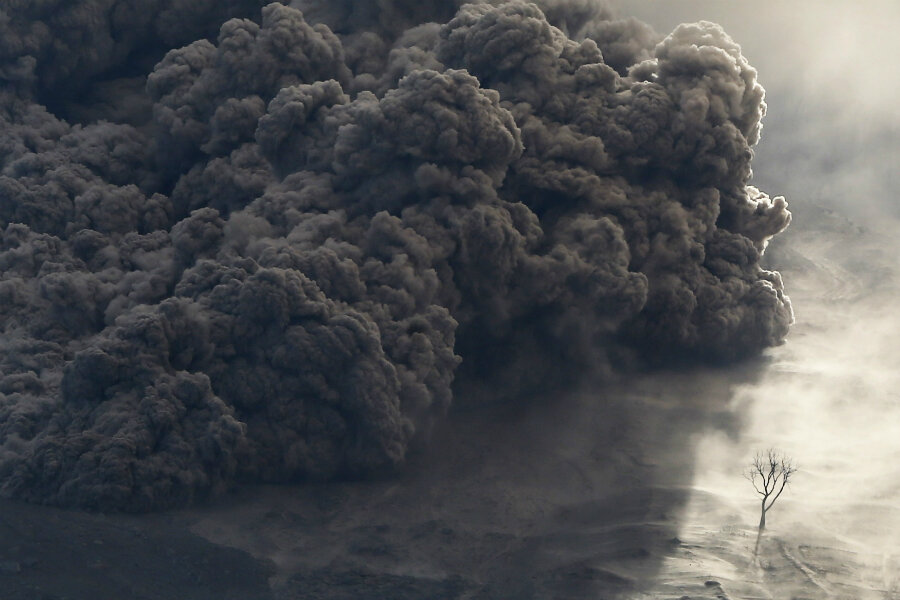How did one volcano confuse scientists, ocean research?
Loading...
Could one volcanic eruption skew the data on rising sea levels? Yes, according to new research.
Climate change models have long predicted that sea levels would rise as a result of warming. According to the same models, rising sea levels should also accelerate over time. But while concrete increases in sea level have been recorded, the rate has remained at a consistent 3 millimeters per year for over two decades.
Now, researchers might have finally figured out why. According to a study published Wednesday in the journal Scientific Reports, the Mt. Pinatubo volcanic eruption of 1991 actually cooled the planet, temporarily depressing sea levels and throwing off acceleration models.
"When we used climate model runs designed to remove the effect of the Pinatubo eruption, we saw the rate of sea level rise accelerating in our simulations," said NCAR scientist John Fasullo, who led the study, in a statement.
As water warms, it occupies increasingly more volume – an effect of thermodynamics. Meanwhile, melting ice sheets displace liquid water into the ocean, raising sea levels. But the actual rate of rise can fluctuate, so it’s imperative that scientists have an accurate model of acceleration.
Mt. Pinatubo, located on the Philippine island of Luzon, spewed 10 billion tons of magma when it erupted on June 15, 1991. Months later, NASA and French space agency CNES launched the first satellite altimeter, TOPEX/Poseidon, to monitor sea level from orbit. Many studies on sea level trends are based on data from the satellite.
But that original data was skewed, Dr. Fasullo and his colleagues say. The Pinatubo eruption ejected a huge mass of aerosols that blocked sunlight and temporarily cooled the oceans. As a result, the sea level dropped by about six millimeters.
Soon after, sea levels returned to normal. This rapid rise created an artificial impression of acceleration, researchers say, which masked subsequent accelerations.
"Now that the impacts of Pinatubo have faded, this acceleration should become evident in the satellite measurements in the coming decade,” Fasullo said, “barring another major volcanic eruption."
It’s still unclear exactly how fast acceleration is happening or where sea levels will be at the end of the century. But in the meantime, Fasullo and colleagues have answered a critical, lingering question of climate change.
“Accelerated sea level rise is real, and it's ongoing,” Fasullo told The Washington Post, “and it’s not something we should doubt based on the altimeter record.”






